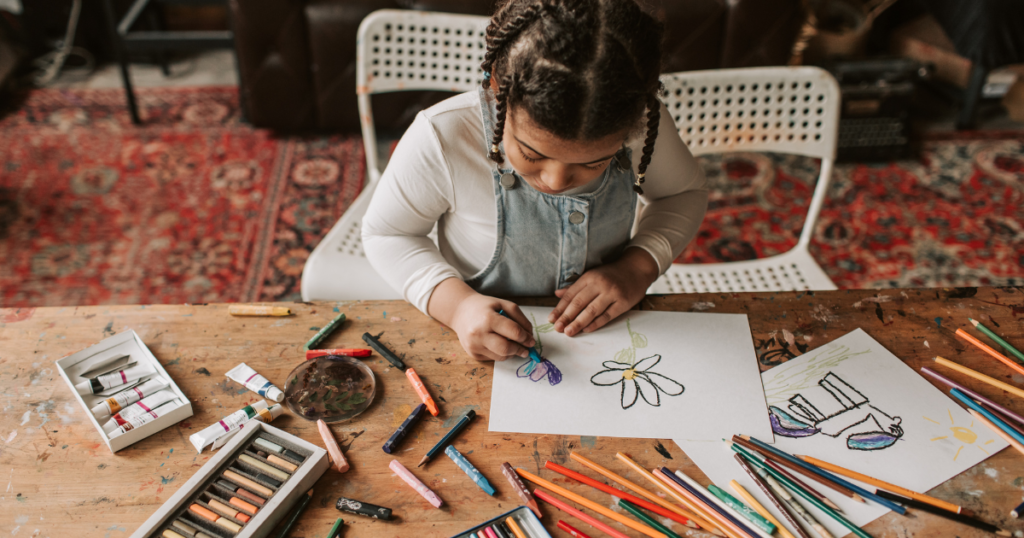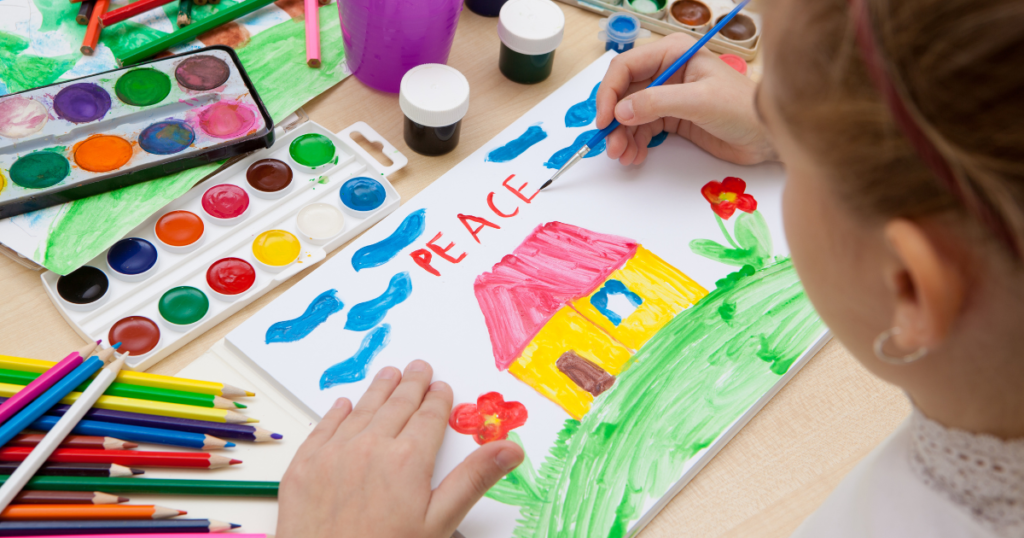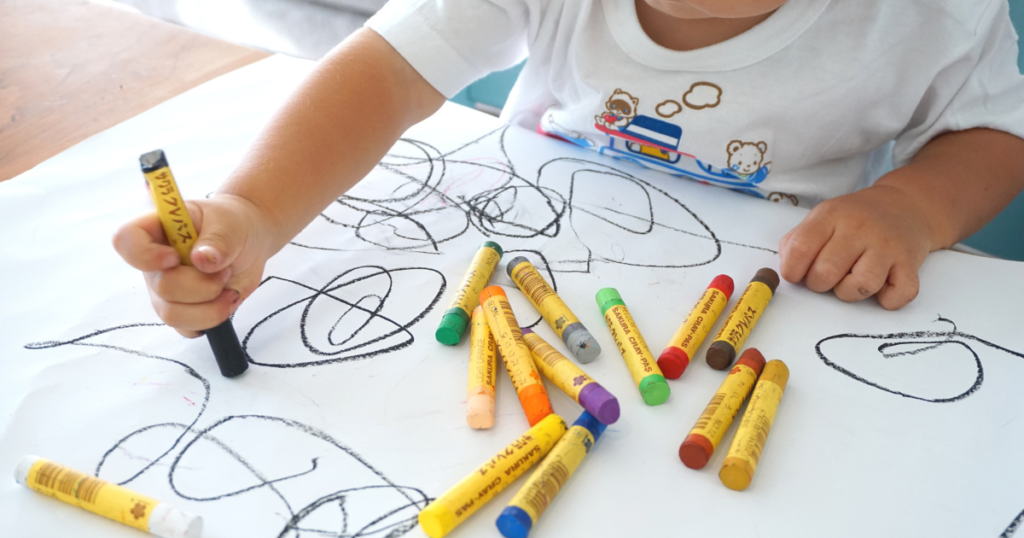In today’s digital world where screens and texts are dominating, drawing is a learning tool that has served as a powerful tool for decades. Despite its modest appearance, drawing can unlock new ways of learning and personal growth. Why drawing? It goes beyond pure artistic expression to create aesthetic artworks for people of all age groups, capabilities, and backgrounds.
Let’s explore some of the key benefits of drawing as a powerful learning tool. In this article, we will highlight the various significance of applications in the different systems.
-
Engaging and Visualization
Drawing drives you toward complex concepts to analyze and layout visually. It engages visual, physical, and lingual areas of the brain simultaneously. Around 50% or more of our brain is dedicated to describing visual information. The phrase ‘ a picture is worth a thousand words’ is so true because the human brain is amazing at capturing and describing visual information.
-
Improving Observation Skills
With drawing skills people can improve their observation skills, allowing them to recognize the surrounding world in a more accurate and detailed way. This skill is critical in many academic subjects from appreciating art to negotiating your environment. It can help to categorize and describe the shape, color, and texture on the paper of various features of life.
-
Sparking Imagination and Creativity
Drawing is an exercise that encourages imagination and nurtures creativity. The artists with blank paper or canvas are forced to imagine and explore new things outside the box. This creativity can be beneficial for both youths and adults to reach the challenges and goals with an innovative standpoint. Besides these benefits, the skill can also serve as a source of inspiration for writers or filmmakers.
-
Boost memory
The drawing skills involve numerous brain areas like visual, motor, and empirical regions. This multi-sensory approach to learning facilitates deep information processing and masterful long-term holding. Studies have proven that students who illustrate skills by drawing diagrams into their learning era are more likely to have enhanced recalling ability. By dedicating time to your diagram the individual learns to shut out distractions and concentrate fully on the drawing.
Embracing Drawing into Your Learning Routine

- Infuse doodles or drawings in your regular notes.
- Visually sketch out your ideas before starting a new project.
- To organize your thoughts use your mind maps.
- While studying, create visual representations of complicated concepts.
- To document your experiences and ideas hold back a visual journal.
- Let your inner creativity flow through simple and smooth doodles.
Historical illustration of Drawing as a learning tool.

History is a witness to this powerful tool that drawing can serve as a learning tool. It has been useful in multiple fields like botanical and scientific figures. These illustrations have been used for decades to record or communicate knowledge about living beings. In this way, students and researchers can easily understand and recall the intricate information about the research.
Moreover, it has already gained popularity as a learning tool in academic settings. It is proven that through drawing students of any age group can easily understand and gain information across various subjects. It includes minute sketches to elaborate predictions and solve problems, visual aids in lectures and presentations, and portfolio analysis to display their extra progress.
Ways of Improving Drawing Skills

If you are interested in improving your drawing or you are a teacher of a student with bad drawing skills, then I am recommending some best tips to get started.
- Don’t look at the drawing, look at your given object. Your inner self will judge you if you look at your results. Your brain will guide your hand and the after result will blow your mind.
- First, draw outlines and don’t concentrate on details. Most of the people focus on the details and ignore the core of the image. It’s just like you are trying to write an ideal sentence without knowing the topic of the content.
- Break out your picture into basic geometric shapes. By breaking the picture, it will become a lot easier to draw as difficult images as it may be.
- If you think that drawing is boring or terrifying then feel free to doodle. It’s not necessary to become a perfect artist, use your gifted visuals to understand reality.
So from now, if you want to learn in a new way and boost your inner creativity then grab a pencil and start drawing. Your brain will be surprised by the simplicity of this powerful tool to understand the world around you. Remember that the most crucial thing is to enjoy the whole process of learning.
If you like my article or have any tips regarding the topic then do comment down below.
Happy Drawing!


